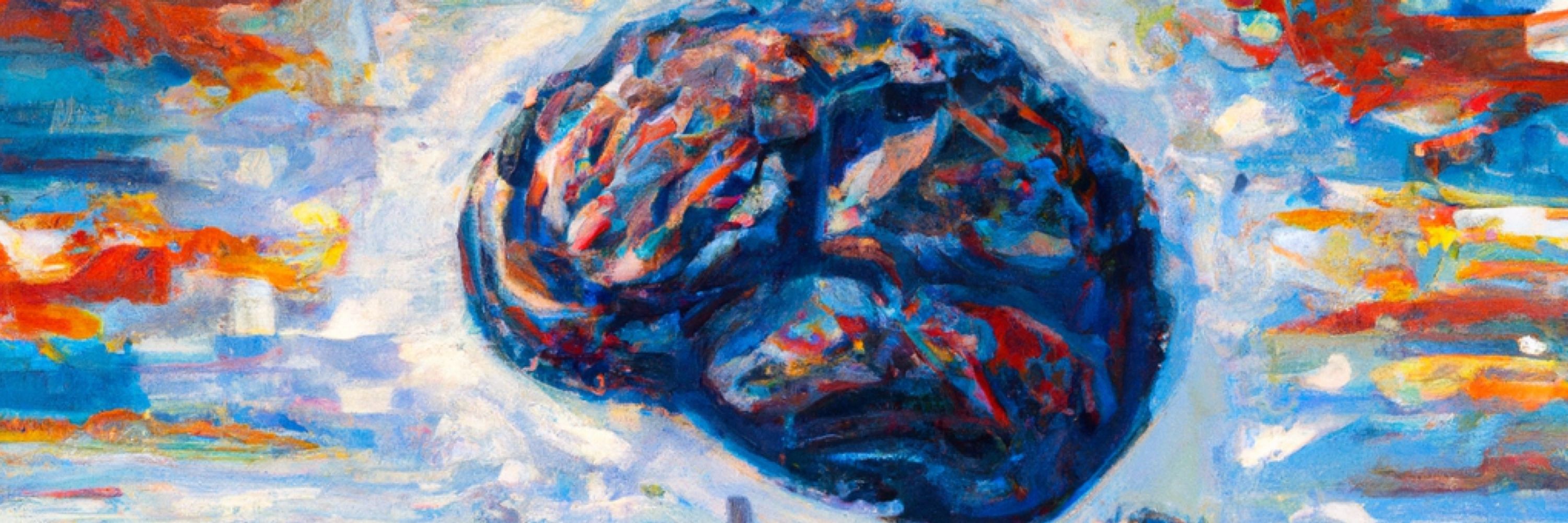Shahab Bakhtiari
@shahabbakht.bsky.social
6.1K followers
1K following
1.2K posts
|| assistant prof at University of Montreal || leading the systems neuroscience and AI lab (SNAIL: https://www.snailab.ca/) 🐌 || associate academic member of Mila (Quebec AI Institute) || #NeuroAI || vision and learning in brains and machines
Posts
Media
Videos
Starter Packs
Reposted by Shahab Bakhtiari
Reposted by Shahab Bakhtiari
Reposted by Shahab Bakhtiari
Reposted by Shahab Bakhtiari
Reposted by Shahab Bakhtiari









